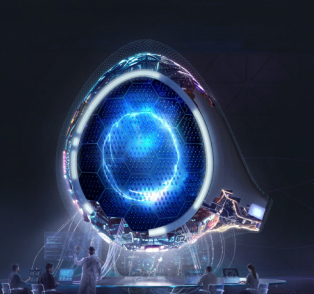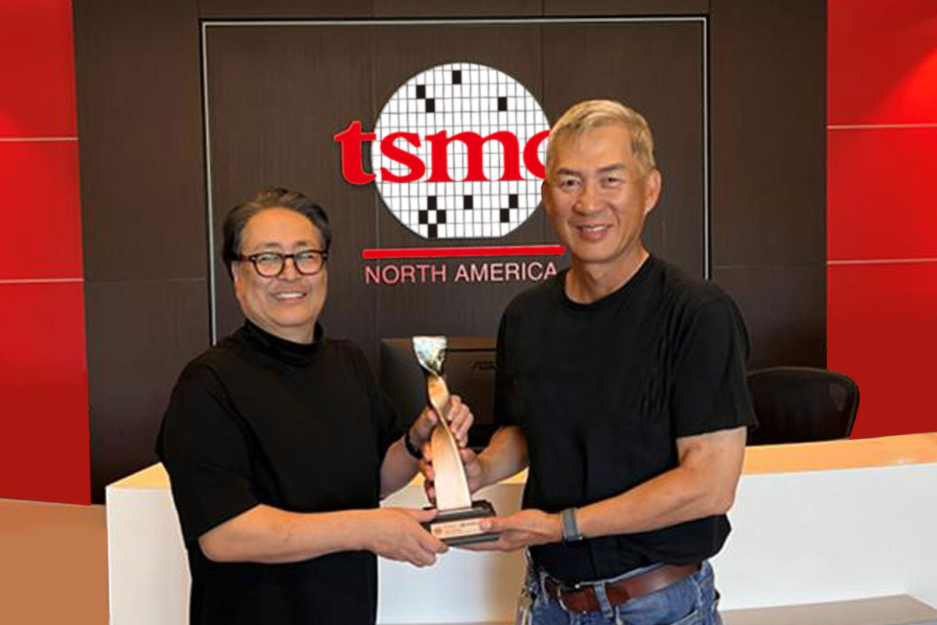Examine This Report on apollo 4 blue lite
Examine This Report on apollo 4 blue lite
Blog Article

With as much as 2MB of MRAM and one.8MB of SRAM, the Apollo4 Blue has in excess of sufficient compute and storage to take care of complicated algorithms and neural networks when exhibiting vibrant, crystal-obvious, and smooth graphics.
Mission Handle utilized a coded phrase to alert Armstrong his metabolic premiums have been significant, Which he must slow down. He was moving fast from undertaking to process as time ran out. As metabolic charges remained usually lower than expected for both astronauts through the wander, Mission Command granted the astronauts a fifteen-moment extension.
The identify Snowcone was used for the CM and Haystack was used for the LM in both of those internal and external communications in the course of early mission setting up.[seventy five]
On July 23, the last night time ahead of splashdown, the three astronauts designed a television broadcast in which Collins commented:
After considerable discussion within just NASA, it was decided in late 1962 that lunar missions would've a "lunar orbit rendezvous" manner whereby the entire Apollo spacecraft will be propelled in the direction of lunar orbit by the 3rd phase in the launch auto, the S-IVB. The moment in lunar orbit, the astronauts who would land would enter what was then called the Lunar Excursion Module, which might independent from the rest of the spacecraft, land, and immediately after using off once more be discarded after the crew experienced transferred back again.
Two cameras captured the staging function; just one clip is revealed. The initial phase falls absent, accompanied by the interstage ring. Two motion-photograph cameras had been aboard Apollo 4. These were being mounted over the Saturn V in order to capture the separation of the first phase and interstage from your launch car or truck.
Ambiq® introduces the most recent addition for the Apollo4 SoC relatives, the fourth technology of Location-enabled SoCs. Built on a wealthy architecture, the Apollo4 Plus brings Increased graphics general performance, better protection, and extra on-chip memory. Which has a built-in graphics processing unit (GPU) and a higher carrying out Show driver, Apollo4 Plus permits designers of future technology wearables and good devices to provide much more gorgeous consumer interface (UI) results and All round user knowledge in the safer setting to just take their progressive merchandise to the following degree.
Existing wearables offer us a look at what the long run holds. A sensible bracelet with countless Power; a coronary heart charge band that actually works seamlessly using your exercise devices; a real-time locale tracker to your kids; an activity monitoring tag that detects excellent movement; or a smart ring that will help monitor vitals within the clock.
Also, our outstanding specialized help staff is able to help deliver your design and style to generation. Requirements Technical specs 03
Go through a lot more RTC Ambiq’s RTC household, with on-chip oscillators and whole functionalities, presents a groundbreaking combination of ultra-minimal electricity coupled that has a remarkably subtle feature set for timekeeping.
On top of that, the Apollo3 Blue Plus comes along with a committed 2nd core to the extremely-small ability Bluetooth® Small Electricity five connectivity platform, giving remarkable RF throughput and leaving an abundance of methods accessible for user applications. The Apollo3 Blue Plus provides two more MSPI modules (three complete) and increases the exterior memory execute-in-position (XiP) aperture from 64MB to 96MB (32MB/MSPI instance). Other upgrades involve inside flash from 1MB to 2MB; SRAM from 384KB to 768KB (TCM measurement remains at 64KB); and the GPIO depend from 50 to seventy four.
The Apollo4’s complete components and software Resolution enables the battery-driven endpoint devices of tomorrow to obtain a better volume of intelligence without having sacrificing battery everyday living.
The heat shield was upgraded to Block II standards because Apollo 4's high-velocity re-entry into Earth's ambiance was meant to simulate a return with the Moon.[29] Specific products had been set up to allow Mission Control to work the CSM's units remotely, and there was a digicam that could routinely get photos out of one of the CM's Home windows on its closing orbit.[30] Given that Apollo 4 carried no crew the CM lacked couches, controls and shows.[31]
“As Ambiq continues to diversify and develop its companies worldwide, the new Technology Layout Center is an additional testomony to our dedication and financial investment in Singapore for potential achievements, enabling us to improve our improvement groups effectively.”
Get Smart. Use Less Energy.
Ultra-low power SoCs for IoT endpoint devices
that demand complex operations
and longer battery life.
✍ Ambiq® is committed to further improve the quality of life by enabling the intelligence of endpoints while further reducing carbon footprints. Ambiq – your partner in endpoint intelligence.
✯✯✯Based in Austin, San Jose, Hsinchu, Shenzhen, and Shanghai, our leadership and management teams consist of advocates, builders, enthusiasts, entrepreneurs, explorers, incubators, inventors, pioneers, protectors, thinkers, and visionaries. With a diverse spectrum of experiences and skillset, we came together and united with one goal to enable the true Internet of Things where the battery-powered endpoint devices can truly be connected intuitively and intelligently 24/7.
Ambiq Wins the Demo of the Year Award at 2023 TSMC Technology Symposium
September 7, 2023, Austin, TX – Ambiq®, a leading developer of ultra-low-power semiconductor solutions that deliver a multifold increase in energy efficiency, was awarded the Demo of the Year Award by TSMC as a participant of the Innovation Zone at the 2023 TSMC North America Technology Symposium.
Ambiq Wins the Demo of the Year Award at 2023 TSMC Technology Vos. Symposium
During the April event, Ambiq showcased various product design wins using TSMC’s 22nm technology in wearables, digital health, smart home, Industrial IoT, pet trackers, and retail segments, with industry-leading energy efficiency. Ambiq also featured two live demos emphasizing its leadership in enabling endpoint AI with its HeartKit™ for remote patient monitoring and its graphics display capabilities for a vivid user interface. 
TSMC pioneered the pure-play semiconductor foundry business model when it was founded in 1987, helping startup companies accelerate their innovations by providing access to the industry’s leading process technologies and manufacturing capacity. Since 2021, TSMC has expanded that mission with an Innovation Zone at its worldwide Technology Symposiums, highlighting how TSMC partners with startup companies to enable cutting-edge products from various applications, including high-performance computing, communication, automotive, IoT, and consumer segments.
“We’re grateful to TSMC and our booth visitors for allowing us to share our energy-efficient technology and processor solutions with them,” said Ambiq’s CEO, Fumihide Esaka. “We’re moving towards an exciting frontier of AI becoming more engrained with our daily lives. With that vision on the horizon, we will continue to develop innovative and first-of-its-kind ultra-low-powered solutions that keep innovation and sustainability in mind. 
Ambiq’s mission is to develop the lowest-power semiconductor solutions to enable intelligent devices everywhere by developing the lowest-power semiconductor solutions to drive a more energy-efficient, sustainable, and data-driven world. Ambiq has helped leading manufacturers worldwide develop products that last weeks on a single charge (rather than days), while delivering a maximum feature set in compact industrial designs. Ambiq’s goal is to take Artificial Intelligence (AI) where it has never gone before in mobile and portable devices, using Ambiq’s advanced ultra-low power system on chip (SoC) solutions. Ambiq has shipped more than 200 million units as of March 2023.
Ambiq Designs Low-Power for Next Gen Endpoint Devices
Ambiq’s VP of Architecture and Product Planning, Dan Cermak, joins the ipXchange team at CES to discuss how manufacturers can improve their products with ultra-low power. As technology becomes more sophisticated, energy consumption continues to grow. Here Dan outlines how Ambiq stays ahead of the curve by planning for energy requirements 5 years in advance.
Ambiq Highlights From Embedded World 2024
Facebook | Linkedin | Twitter | YouTube